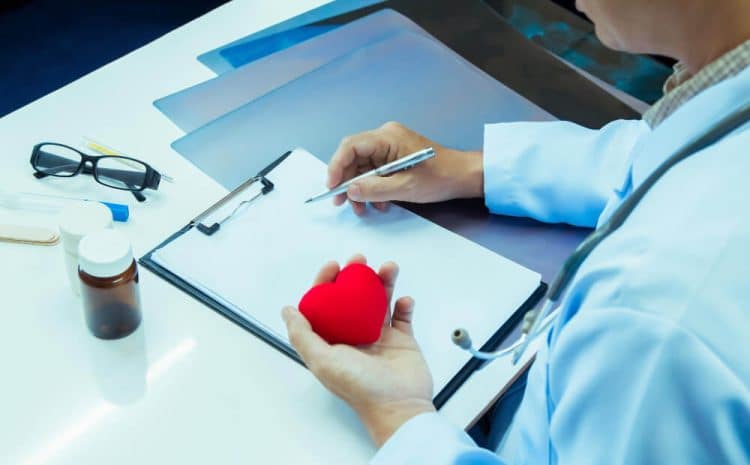Guideline for Managing Cholesterol by Best Cardiologists in Indore
Cholesterol is a type of fat found in blood which range less than 200mg/dL which is a normal range of chorestrole. There’s “good” HDL cholesterol and “bad” LDL cholesterol. High levels of LDL cholesterol can increase your risk of heart disease, while HDL cholesterol helps remove LDL cholesterol from the arteries. It’s important to maintain a healthy balance lifestyle. Cholesterols is a fascinating concept that delves into the intricate relationship between the physical movements and emotional expressions of individuals. At its core, chorestrole explores how the body’s choreographed motions can serve as a powerful medium for conveying deeper psychological and societal narratives. Through the deliberate arrangement of gestures, poses, and sequences, chorestrole allows performers to transcend the boundaries of mere physical action, imbuing their movements with layers of meaning and nuance. This multifaceted art form harnesses the eloquence of the human form, transforming it into a canvas upon which artists can paint vivid portraits of the human experience – capturing everything from profound joy and sorrow to subtle shifts in mood and identity. By masterfully orchestrating the body’s kinetic energies, chorestrole practitioners are able to evoke powerful emotional responses, challenge societal norms, and delve into the complexities of the human psyche. The very act of chorestrole becomes a form of storytelling, a nonverbal language that speaks directly to the heart and mind of the audience. Through this dynamic interplay of physicality and expression, chorestrole emerges as a captivating and transformative art form, one that continues to push the boundaries of human creativity .
Guideline for managing cholestrol: –
Managing cholesterol involves a combination of lifestyle changes and, in some cases, medication. Here’s a guideline:
Healthy Diet: Focus on eating plenty of fruits, vegetables, whole grains, and lean proteins. Limit your saturated fats, and cholesterol-rich foods.
Regular Exercise: Do at least 30 minutes of moderate-intensity exercise most days of the week. Exercise helps raise HDL (good) cholesterol and lower LDL (bad) cholesterol.
Maintain a Healthy Weight: Losing excess weight, if needed, can help improve cholesterol levels.
Quit Smoking: Smoking lowers HDL cholesterol levels and damages blood vessels, increasing the risk of heart disease.
Limit Alcohol: Excessive alcohol consumption can raise triglyceride levels, a type of fat in the blood.
Medication, if Necessary: If lifestyle changes aren’t enough, your doctor may prescribe medications like statins or other cholesterol-lowering drugs.
Regular Check-ups: Monitor your cholesterol levels regularly through blood tests, especially if you have risk factors for heart disease.
Remember, managing cholesterol is a lifelong commitment to a healthy lifestyle. Always consult with a good professional for better advice and also contact as one of the best cardiologist in Indore or best cardiologist in MP. MP is a place where we have numerous one of the best cardiologist A long with best women cardiologist in India. Indore, a bustling city in the heart of India, is home to some of the country’s most renowned and skilled cardiologists. At the forefront of this medical excellence is the city’s best cardiologist, a highly respected and experienced physician who has dedicated their career to the care and treatment of heart-related conditions. This exceptional doctor, renowned for their diagnostic acumen and innovative approach to cardiac care, has built a reputation that extends far beyond the borders of Indore, with patients from across India and even internationally seeking their expertise.
Symptoms
High cholesterol typically doesn’t cause symptoms on its own, which is why it’s often called a “silent” problem. However, high cholesterol levels can contribute to other health conditions that may manifest symptoms. These can include:
Heart Disease: Chest pain (angina), heart attack, or stroke can result from the buildup of cholesterol plaque in the arteries, restricting blood flow to the heart or brain.
Peripheral Artery Disease (PAD): Reduced blood flow to the limbs can cause symptoms such as leg pain, particularly during exercise.
Xanthomas: These are fatty deposits that may develop under the skin, appearing as yellowish bumps or nodules, often around the eyes, elbows, knees, or buttocks.
Corneal Arcus: A grayish-white ring around the cornea of the eye may indicate high cholesterol levels, though it’s more common in older adults.
Gallstones: High cholesterol levels can contribute to the formation of gallstones, which may cause abdominal pain, nausea, and vomiting.
It’s important to note that these symptoms can be caused by various factors, and having them doesn’t necessarily mean you have high cholesterol. Regular check-ups and screenings are essential for detecting and managing cholesterol levels and associated risks.
Contact Us –
Website – https://saddlebrown-cobra-506864.hostingersite.com
Contact Number – +91 9893925000


Write a Comment